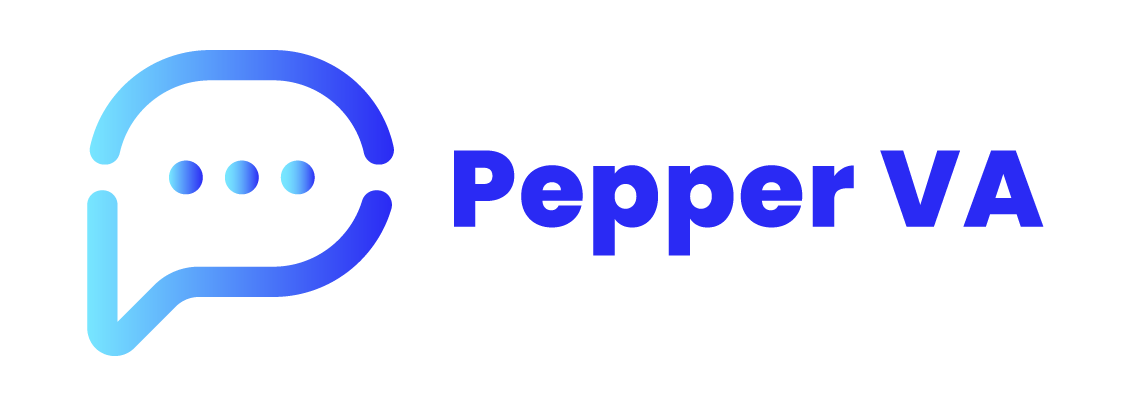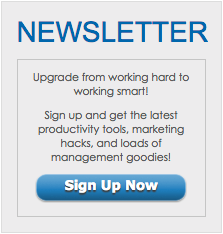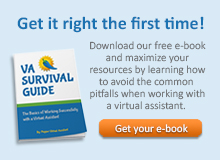Navigating high-stress clients and projects can be challenging, but with the right strategies—like clear communication, healthy boundaries, and empathy—you can turn pressure into progress. Focusing on your strengths, listening actively, and managing stress effectively helps build trust, boost confidence, and foster long-term resilience.
Understanding the Roots of Stress in Clients and Projects
Stress in clients and projects often stems from unmet expectations and communication gaps. Recognising the factors causing tension can improve management and lead to better outcomes.
Identifying Common Stress Triggers
Stress triggers can vary, but some are frequently observed in client and project interactions. Unclear objectives can create confusion, leading to anxiety for both parties. A client might feel uneasy when the project scope shifts without warning.
Tight deadlines can also escalate stress levels. When the timeline is unrealistically compressed, it can cause pressure on everyone involved. Limited resources, both financial and manpower, often contribute to the strain.
Watch for communication breakdowns—they often cause mistrust and stress. Identifying these triggers early can help you take proactive steps to manage them effectively.
Recognising Early Warning Signs
Spotting early warning signs of stress is crucial in preventing escalation. An increase in client complaints or feedback on trivial matters might indicate rising tension. You may notice frequent requests for updates or progress checks—a sign your client feels in the dark.
Changes in behaviour, such as impatience or withdrawal, are red flags. High employee turnover during a project may signal underlying stress issues.
Watch for dips in deliverables—they may signal that stress is affecting performance. Being attuned to these signs helps you address issues before they spiral out of control.
Assessing Project Complexity
Project complexity contributes significantly to client and team stress. Technical challenges or unfamiliar tasks increase pressure, especially if the team lacks expertise. Projects involving multiple stakeholders tend to be more complex.
Large-scale projects can also introduce stress by requiring extensive coordination and management. Complexity includes the number of deliverables or unique tasks.
Tools like a complexity matrix help anticipate stress points. Managing complexity well reduces stress and smooths the project path.
Building a Calm and Confident Mindset
Developing a calm and confident mindset is crucial when dealing with high-stress clients and projects. Cultivating self-awareness, mindfulness, and boundaries helps you navigate challenges with ease.
Embracing Self-Awareness and Emotional Intelligence
Self-awareness is a foundation of emotional intelligence. Recognising your emotions and how they impact your actions helps you respond to stress more effectively. Start by keeping a journal to track your emotional triggers and responses. This reflection builds a clearer understanding of your behaviour patterns.
Enhancing emotional intelligence involves empathetic listening. By listening without judgment, you can better grasp the underlying needs and emotions of others. This ability not only eases tension but also promotes stronger relationships in high-pressure scenarios.
Cultivating self-awareness and emotional intelligence requires patience and practice. Be patient with yourself—growth takes time, but pays off.
Practising Mindfulness Techniques
Mindfulness techniques play a crucial role in maintaining calmness during stressful situations. Simple methods like deep breathing exercises can significantly reduce stress levels. Spend a few minutes daily focusing on your breath to stay grounded.
Regular meditation sharpens focus and reduces anxiety by calming the mind. Even a short daily practice can make a noticeable difference.
Incorporating mindfulness into your daily routine doesn’t mean long meditation sessions. Short breaks to refocus can suffice. Apps and guided sessions offer convenient support.
Developing Healthy Boundaries
Establishing healthy boundaries is key to managing stress without compromising your well-being. State your limits clearly and use “I” statements to express needs without blame.
Knowing when to say “no” is vital. Overcommitting can lead to burnout and compromised work quality. By honouring your limits, you preserve your energy for the most important tasks.
Boundaries protect your balance and help align your capacity with goals.
Proven Strategies for Managing High-Stress Situations
Managing high-stress situations requires clear communication, professionalism, defining priorities, and positive action. The following strategies provide actionable insights to confidently navigate challenging environments.
Effective Communication Approaches
Communication is vital when handling high-stress situations. Ensure that you listen actively, reflecting empathy and understanding toward the client’s concerns. Clarifying questions prevent misunderstandings and show you value their input.
Maintain transparency by keeping all parties informed of project progress, potential setbacks, and solutions. This reduces uncertainty and builds trust. Use clear language. Bullet points improve clarity and highlight key details. By fostering open communication, you create a supportive atmosphere that can alleviate stress.
Maintaining Professionalism Under Pressure
Staying calm under stress is essential. Patience and politeness shape how stress is perceived by others. Respond to challenges calmly and avoid making impulsive decisions based on raw emotion.
If tensions rise, take a step back. A brief pause to collect your thoughts can prevent emotional reactions. Calm tense conversations by acknowledging concerns and showing commitment to resolution. These behaviours build credibility and promote respect.
Setting Priorities and Realistic Expectations
Establish clear priorities to manage workload effectively. Identifying what’s urgent and what can be deferred helps focus efforts where they are most needed. Team meetings set goals and deadlines, creating a cohesive plan everyone understands.
Communicate realistic expectations with clients. Outline what’s realistic within the timeframe and resources. This transparent approach prevents disappointment and frustration. Consistently updating all stakeholders about adjustments can prevent further stress, making it easier to tackle projects methodically.
Turning Stress into Positive Action
Reframe stress as a catalyst for productive outcomes. Channel stress-related energy into problem-solving and creative brainstorming. Help teams see obstacles as chances for innovation.
Regular breaks—walks or breathing—reset your mind and boost efficiency. Encourage feedback and collaborative solutions. By shifting focus towards positive action, you and your team can build resilience and maintain motivation even in high-pressure scenarios.
Long-Term Success: Preventing Burnout and Fostering Positive Relationships
Building long-term success in any high-stress environment requires more than just hard work. It is essential to cultivate practices that prevent burnout while forming and maintaining meaningful client relationships. Let’s explore effective strategies to ensure lasting success.
Implementing Sustainable Work Habits
Developing sustainable work habits is crucial for preventing burnout. Prioritise tasks by using time management tools like calendars and to-do lists. Break large projects into smaller, manageable tasks to reduce stress and maintain focus.
Incorporating regular breaks into your work schedule can improve productivity. Use time blocks like the Pomodoro Technique—25 minutes on, five off. It maintains your energy throughout the day.
Don’t underestimate the importance of setting boundaries. Communicate your work hours clearly to clients and colleagues. This allows you to recharge and balance work with personal life more effectively.
Strengthening Client Partnerships
Strong client partnerships are built on trust and open communication. Maintain regular communication by scheduling check-ins and updates. This not only keeps clients informed but also shows your commitment to their needs.
Listen actively to understand client expectations. When you acknowledge and act on their feedback, it demonstrates your dedication to delivering value.
Discuss challenges openly and solve them together. This builds credibility and shows clients you’re solution-focused. Being proactive in addressing potential issues helps avoid misunderstandings and strengthens the relationship.
Seeking Support and Continuous Learning
Seeking support can make a considerable difference in handling stress. Establish a network of peers or mentors to discuss challenges and share experiences. This support offers fresh perspective and insight.
Continue learning to stay current in your field. For those interested in psychology or mental health work, gaining access to online HE Diploma for Psychology can be a flexible and practical step forward. Take courses or attend webinars to build skills. Not only does this benefit your own development, but it also inspires confidence in your abilities.
Additionally, promote a culture of learning within your team. Encourage knowledge sharing and growth. This fosters a positive, collaborative environment that benefits everyone involved.
Conclusion
Managing high-stress clients and projects isn’t about avoiding pressure—it’s about using the right tools to stay balanced and focused. With clarity, empathy, and healthy boundaries, you can build stronger relationships even under pressure. Confidence grows when you meet challenges head-on and lead with intention.





